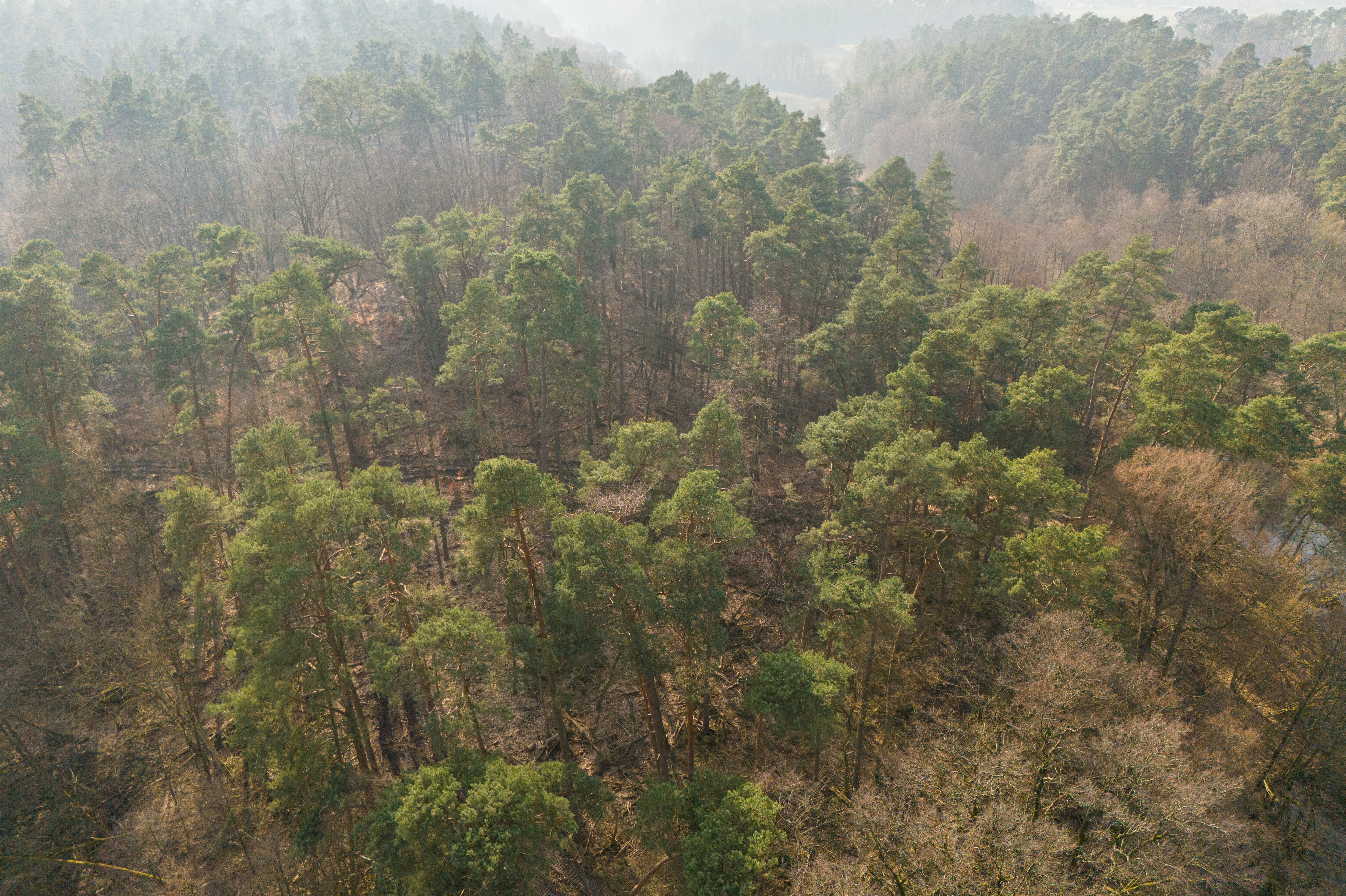Project Description and Activities
Gut Herzfelde is part of the Uckermark Lake District and is surrounded by the Dolgenseekette nature reserve. On the project area, 143 ha of old pine stands are being converted into mixed stands rich in deciduous trees.
Planting and sowing site-appropriate mixed tree species such as hornbeam, small-leaved lime, sycamore and Norway maple, bird cherry, and Douglas fir will create a structurally diverse mixed forest. These activities will make the forest more resistant to the consequences of climate change, such as storms, drought, and beetle infestation.
Project activities
Impressions of the project
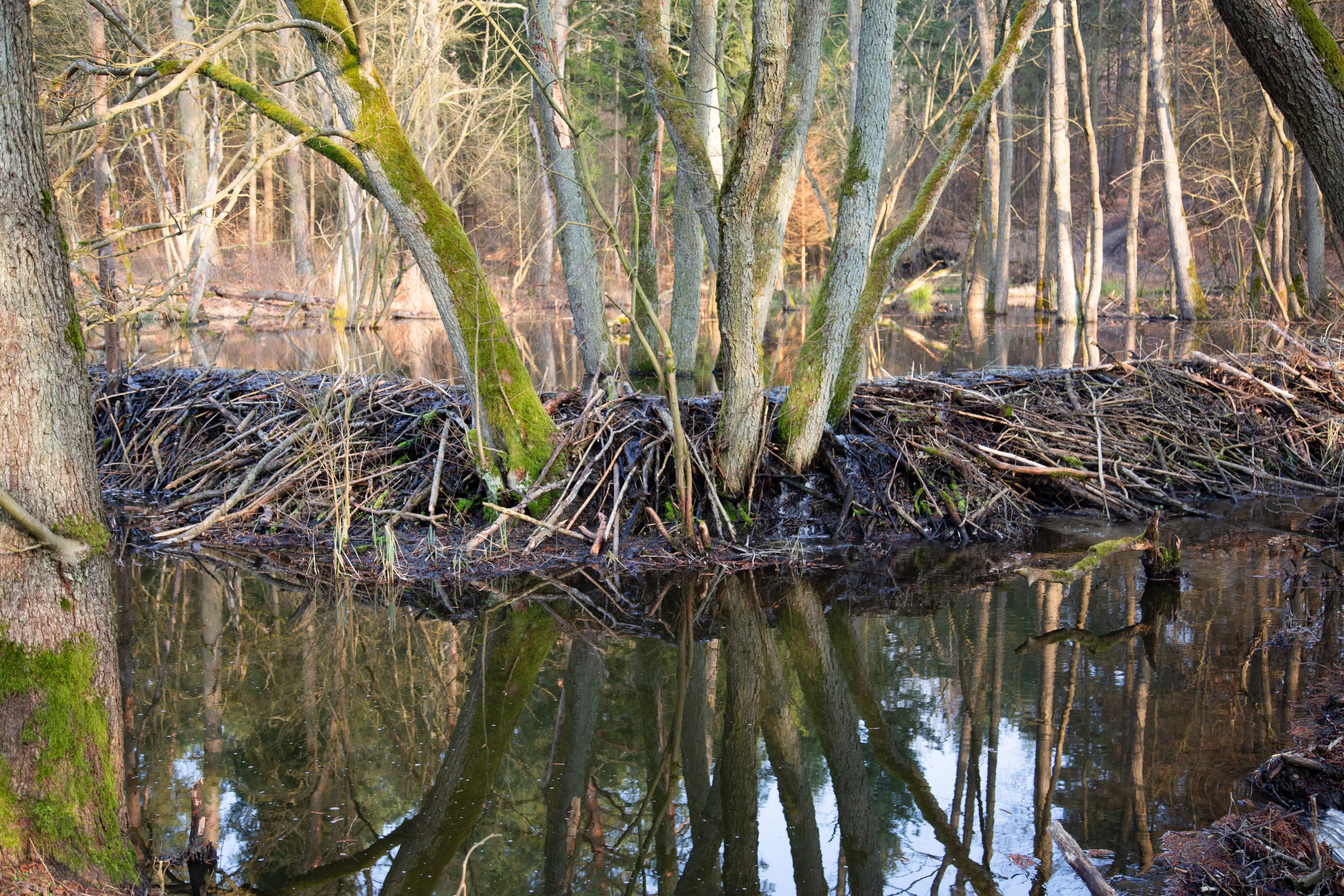
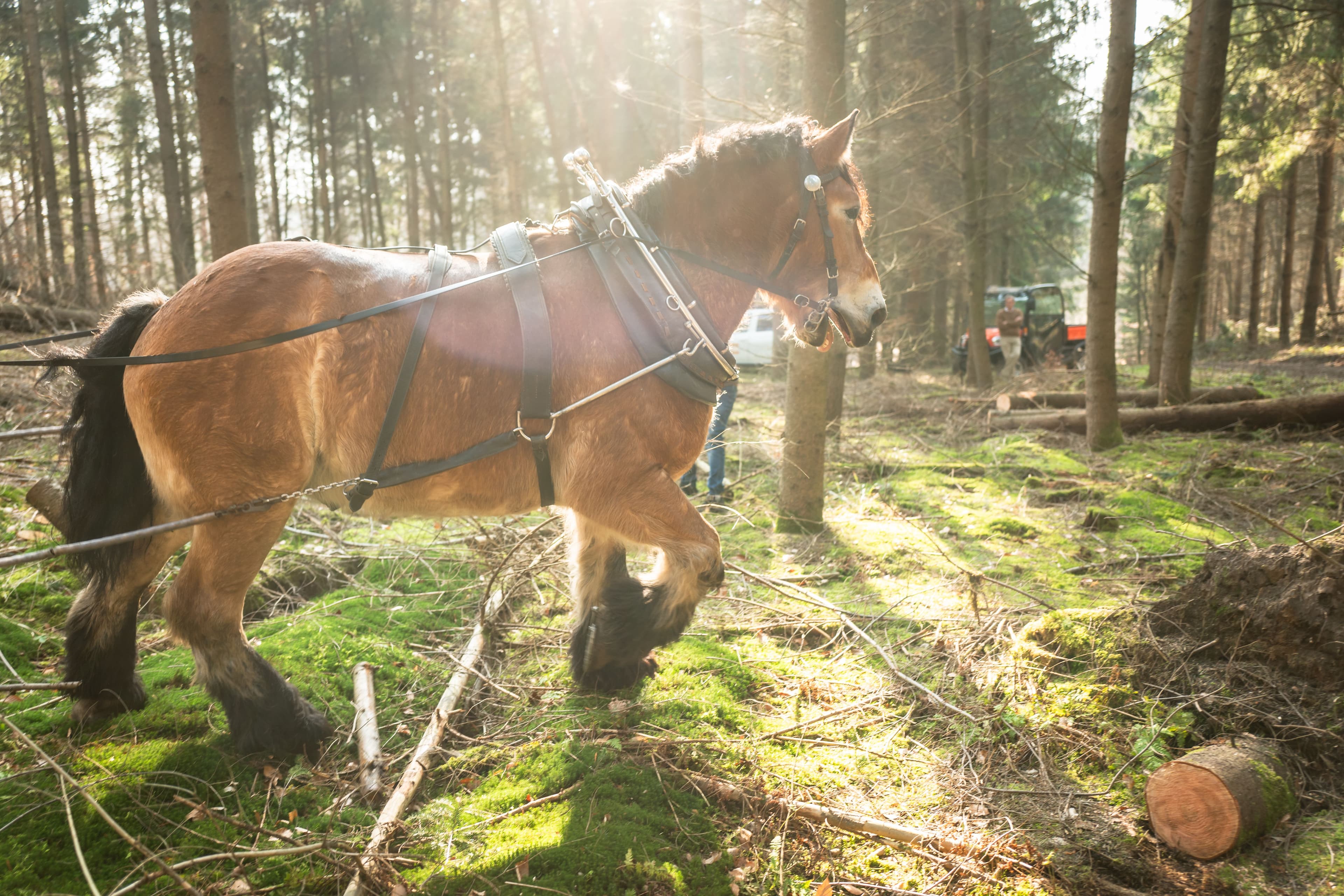
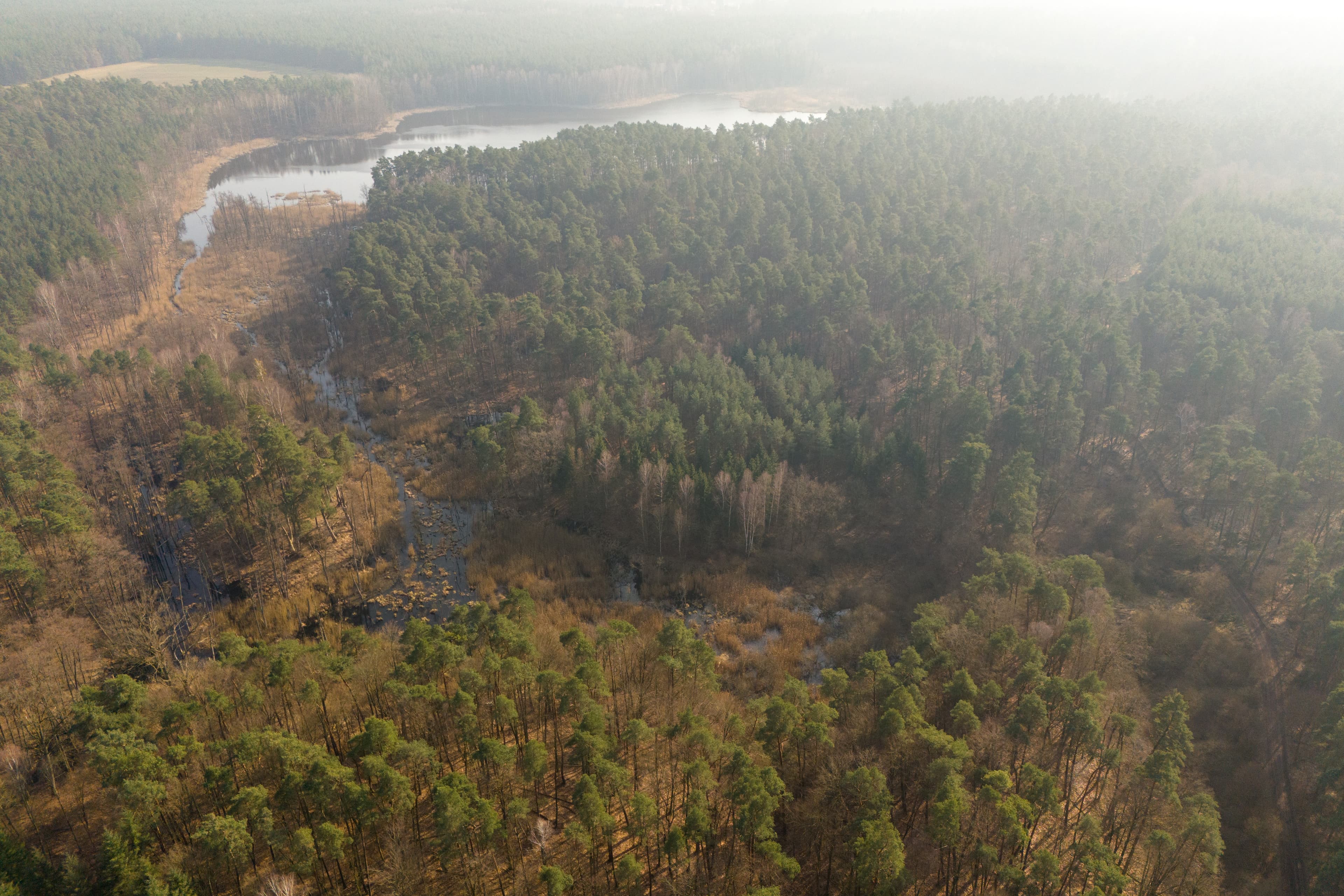
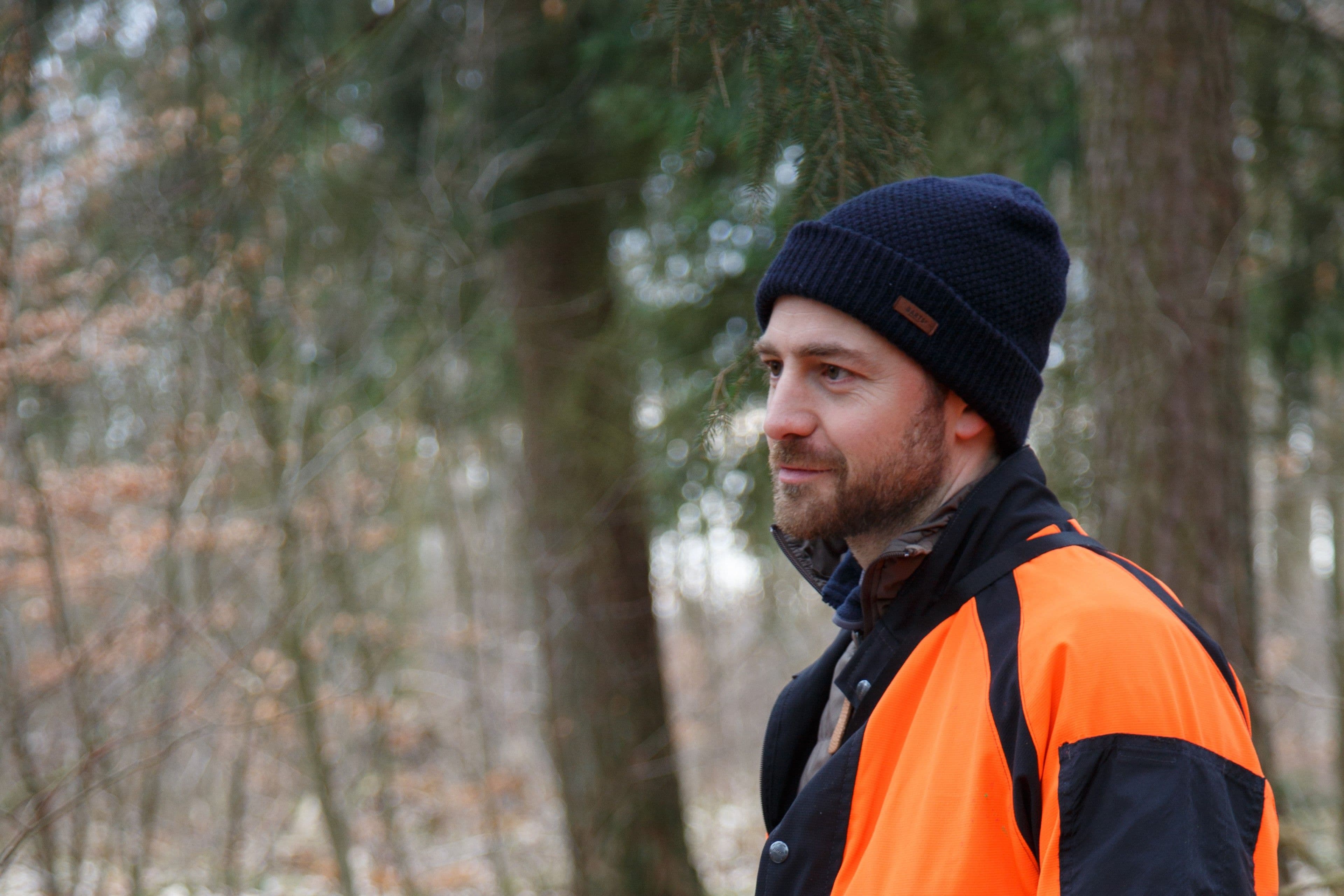
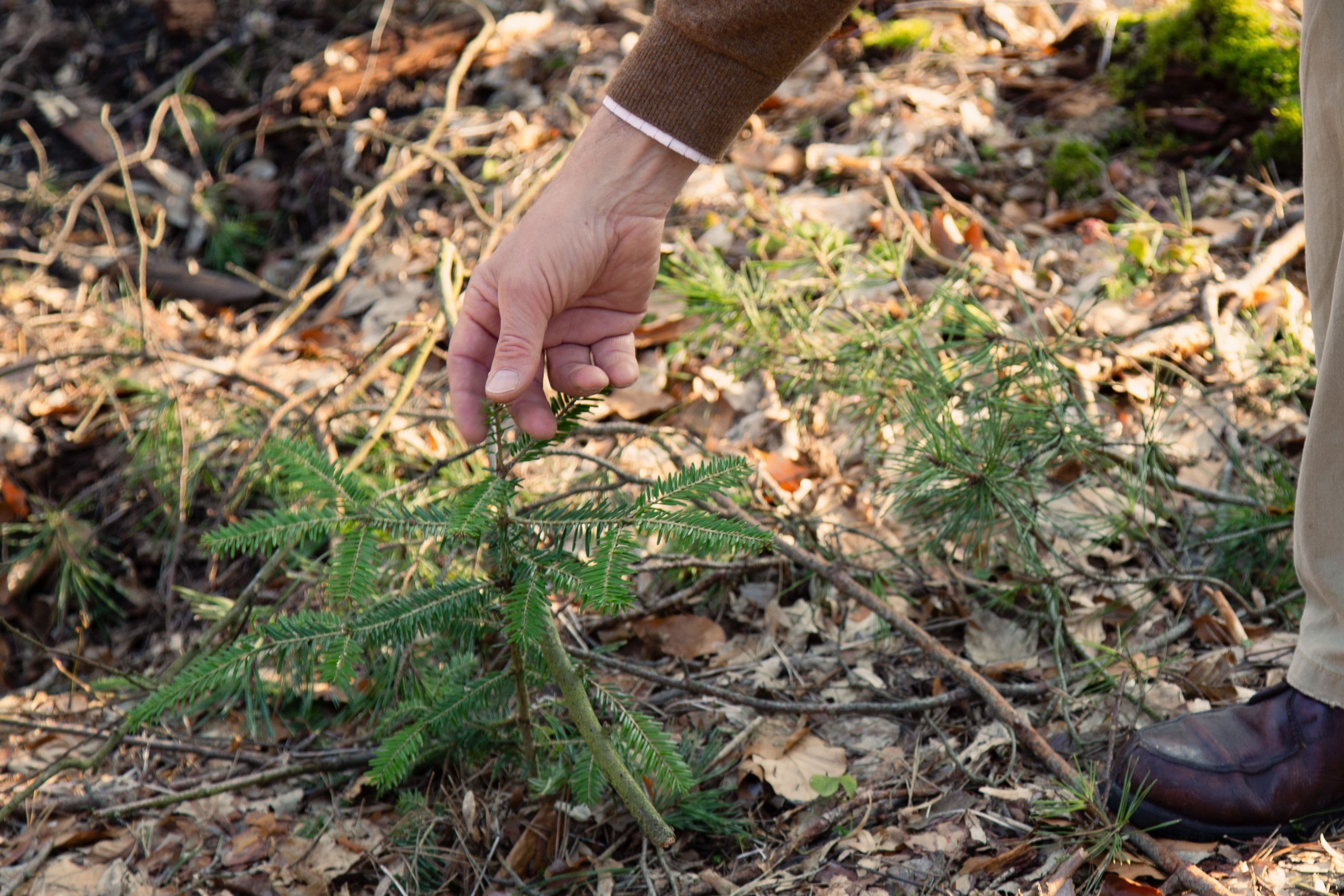
Why we need forest adaptation
Forest fires
Wind plays a decisive role in the development of forest fires. In row-planted monocultures, the wind can easily push the fire through the stand, which leads to a faster spread of forest fires.
Storms
Forest areas with many tall and thin trees are more susceptible to storm damage (so-called windthrow). If, in addition, most of the trees in a section of forest are the same height, storms can lead to the loss of entire forest sections.

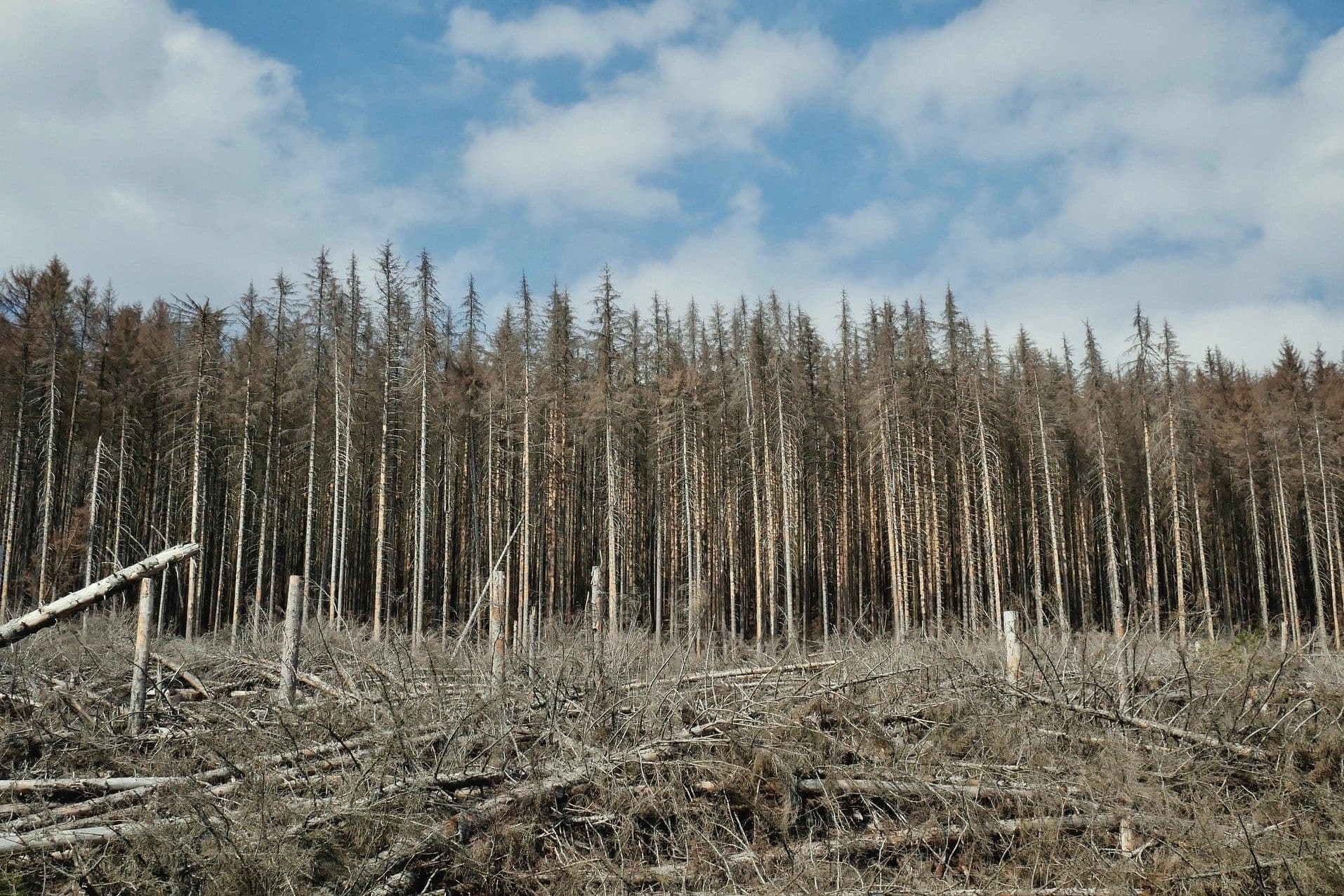
Impact of the project
Species distribution at project start
Number of main tree species
Biodiversity Index
Contribution to the UN SDGs

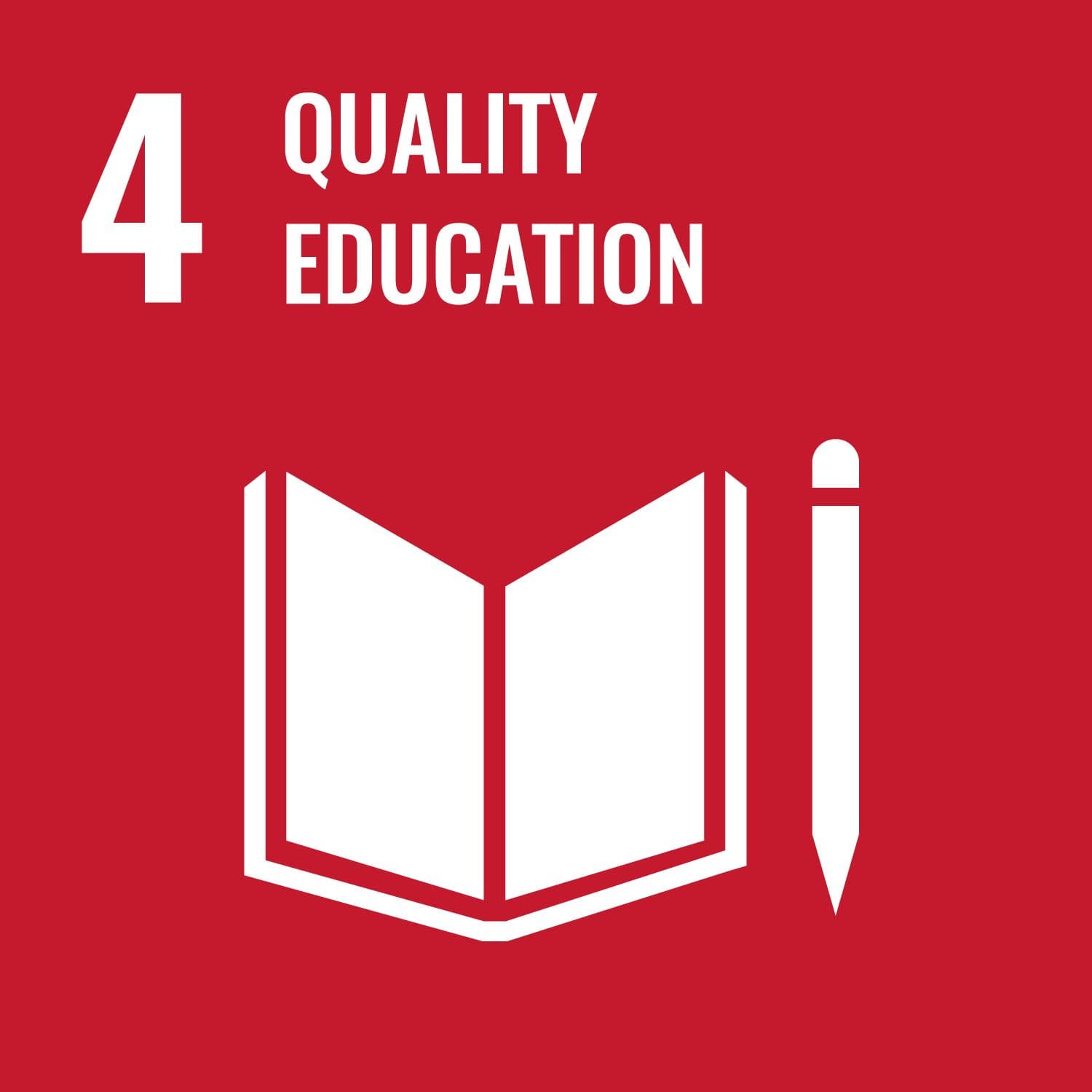

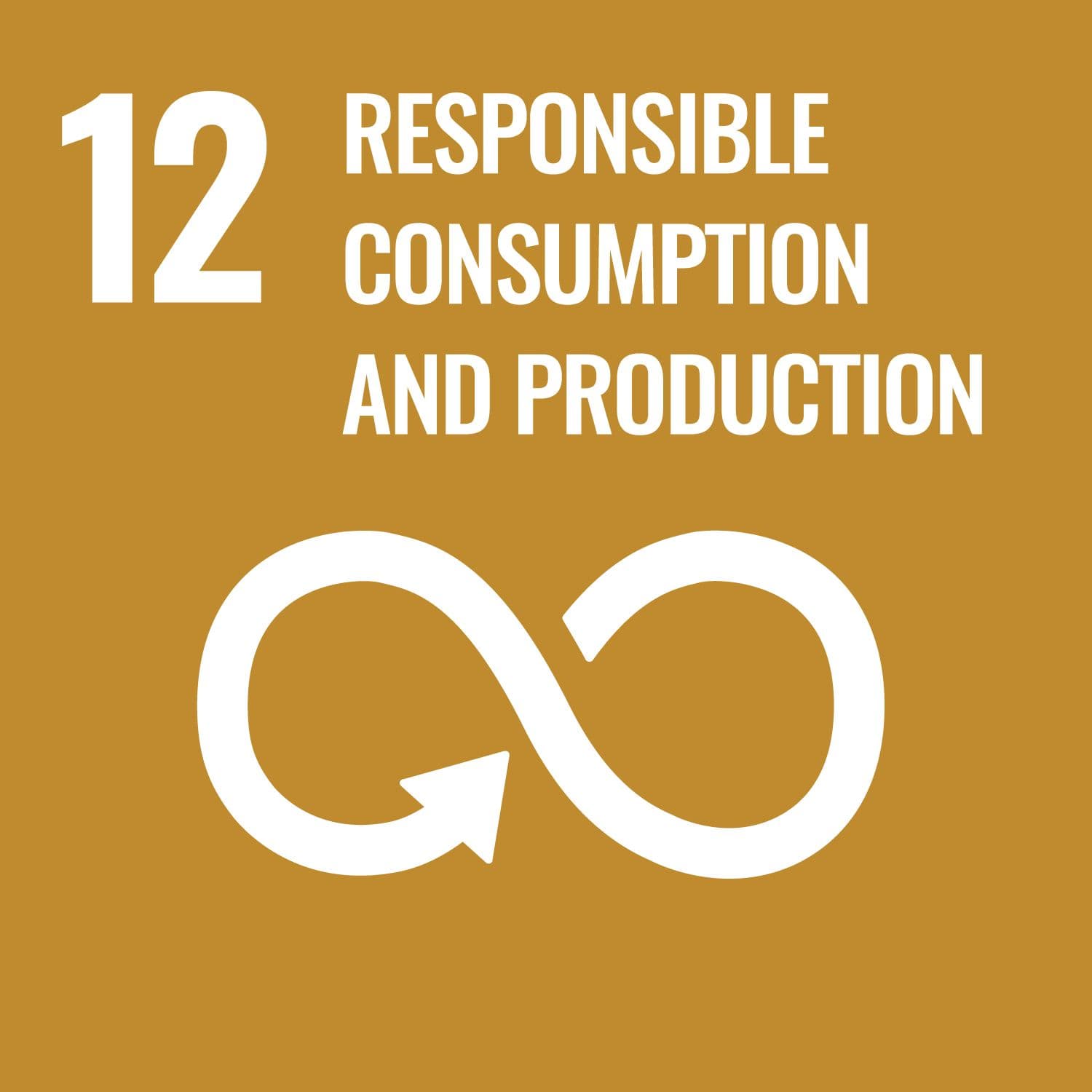
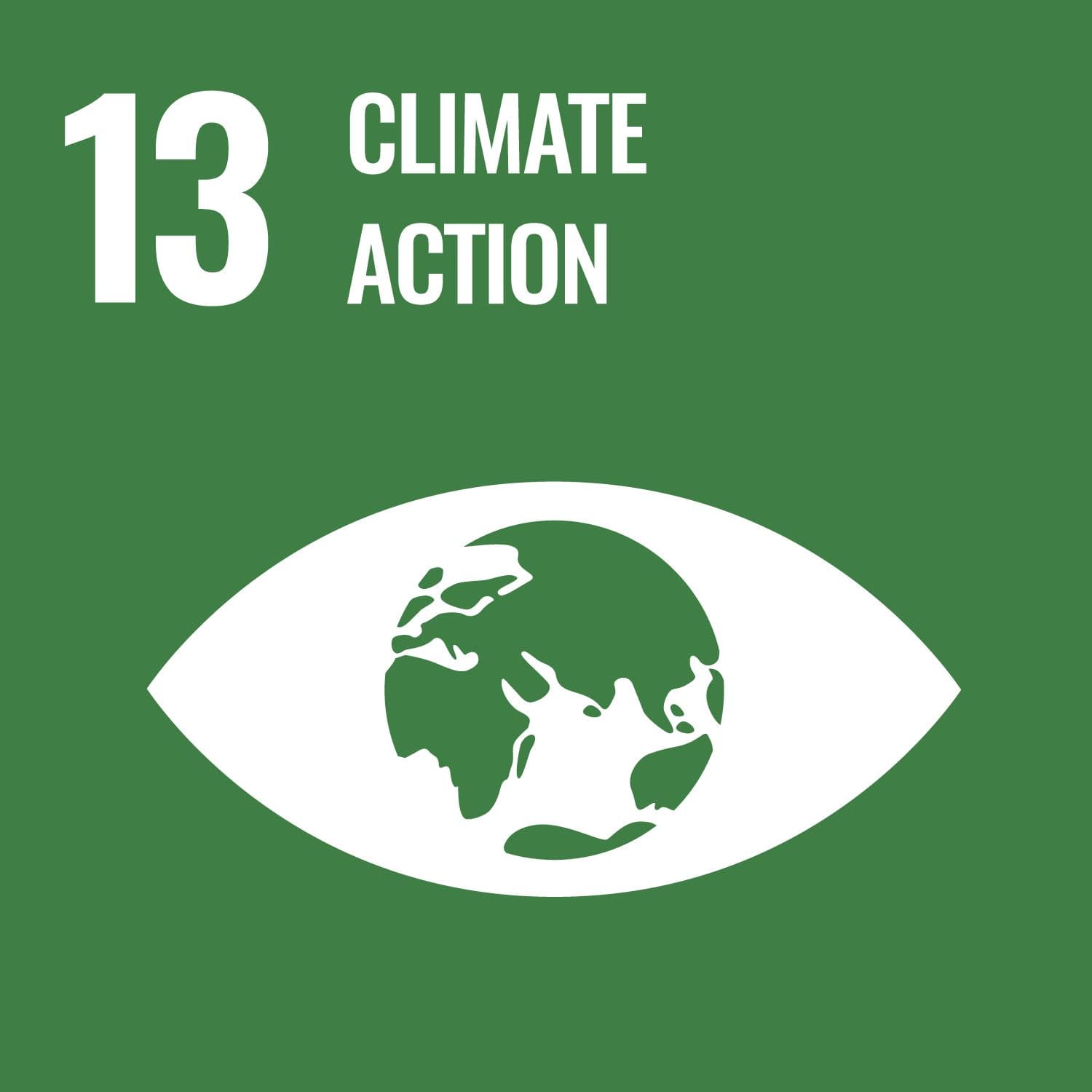
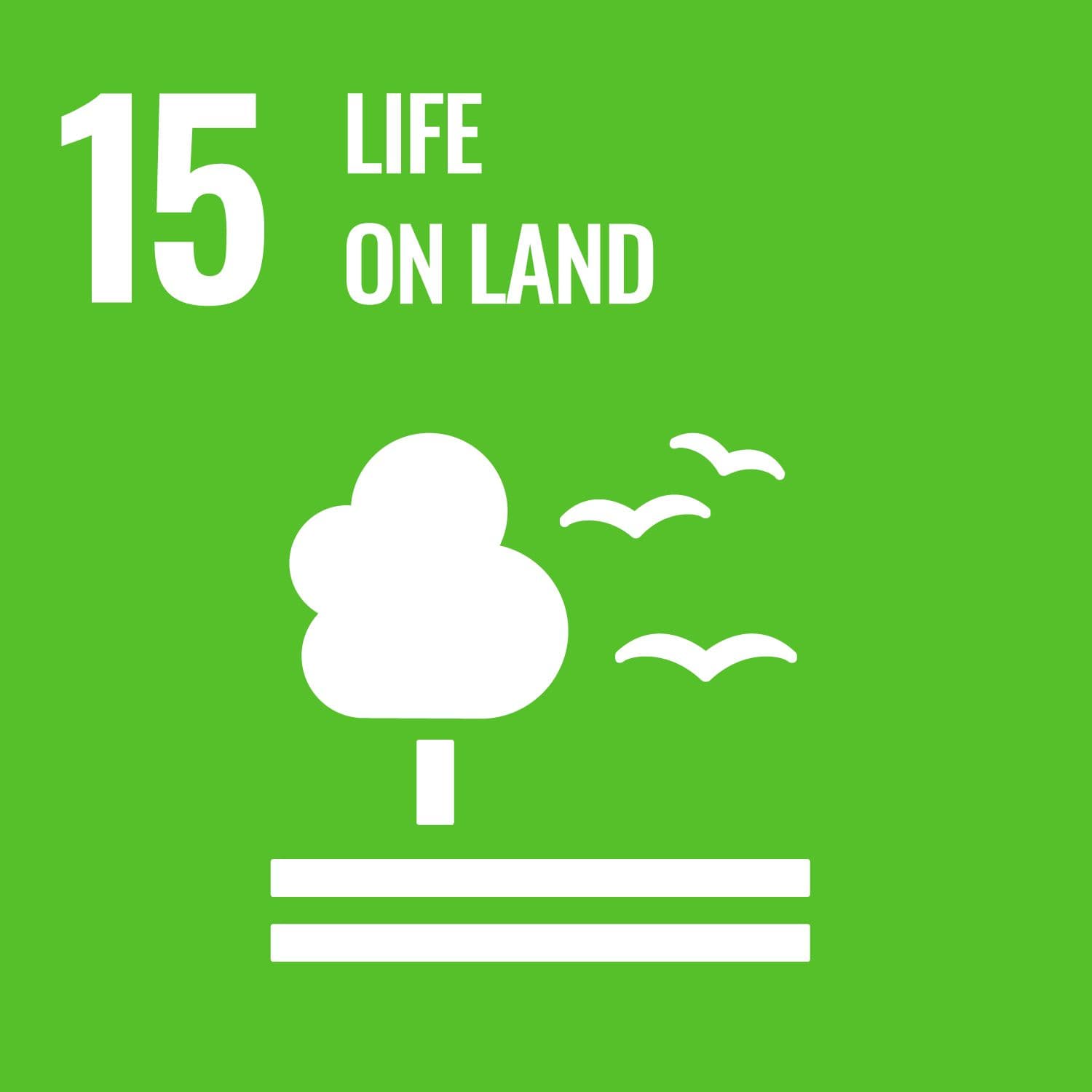
The Project Team

Lorenz von Schintling-Horny
"With Pina, we can meet the challenges of climate change. This will make us a role model for other forest owners and the next generation."
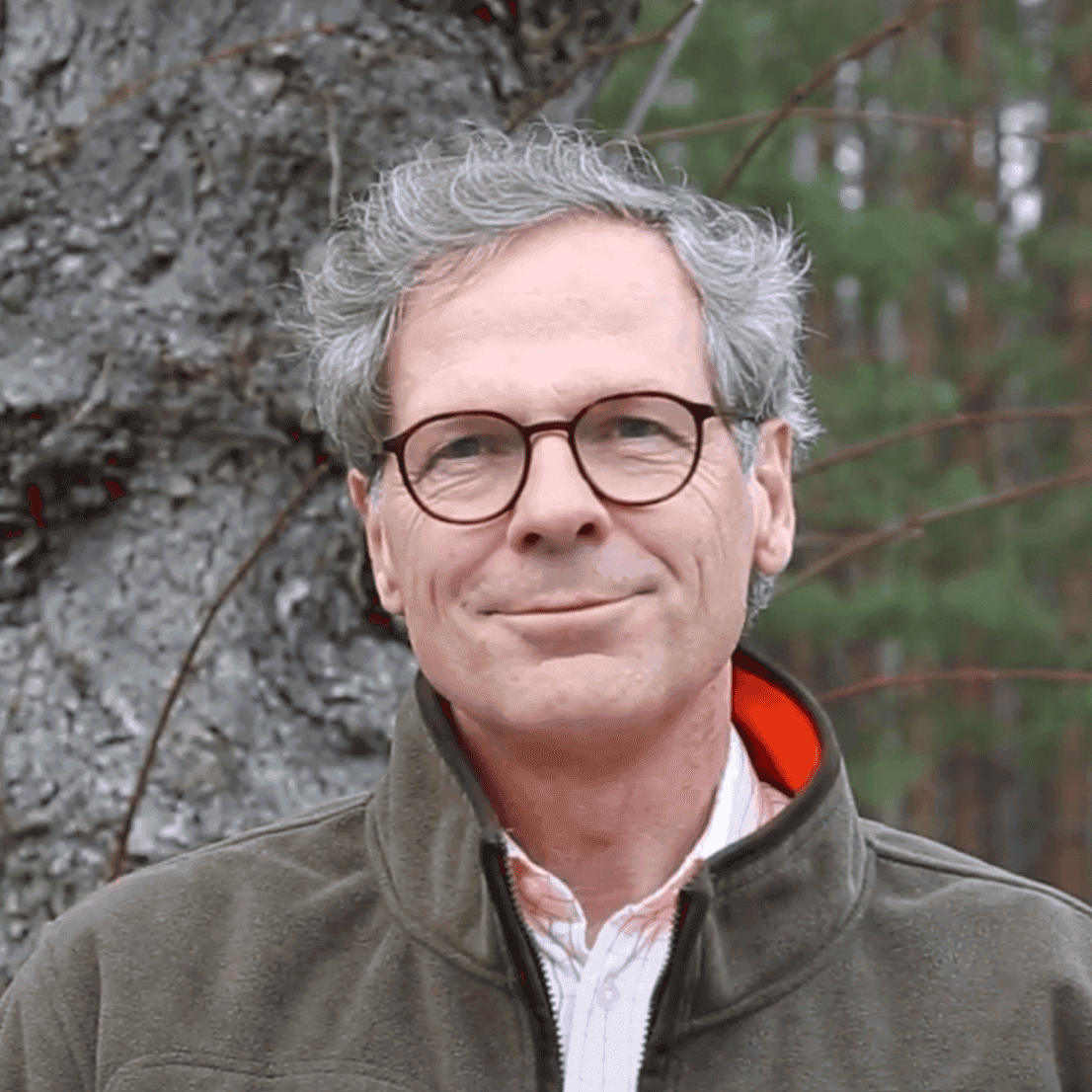
Lorenz von Schintling-Horny
Forest owner of the project Herzfelde

Ronja Wolf
from Pina Earth is overseeing the project from the quantification and certification side. This includes, for example, the simulation of the development of the forest over the next 30 years. Find out more here.
myclimate
is a renowned foundation for climate protection and finances the Herzfelde project.
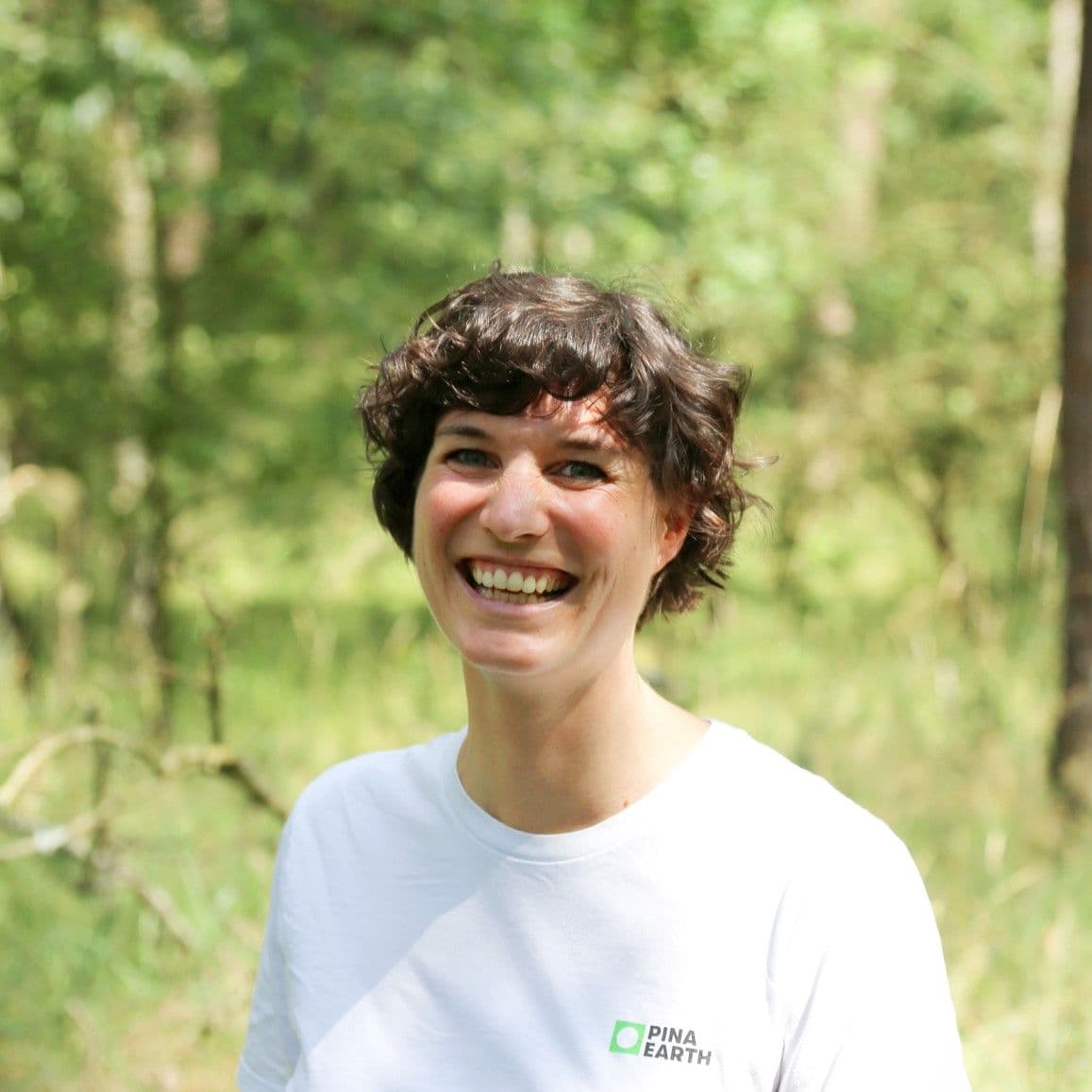

Project updates
2024-12-13
Planting
At the end of the year, a total of more than 55,000 young trees were planted. These consist of nine different tree species, carefully selected to promote biodiversity and strengthen the forest's resilience to the challenges of climate change.

2024-08-28
Site visit with myclimate and Pina Earth
Forest owner Lorenz von Schintling-Horny shows various parts of the project area to illustrate what activities have already been carried out and what is planned for the future. The forest visit provided the participants with a basic overview of the topic of forests and why forest adaptation is urgently needed in Germany.

2024-08-07
myclimate funds Herzfelde
myclimate joins the Herzfelde project as a financing partner. After a detailed due diligence review, myclimate consciously decided to support Pina's project and provide the financing.

2024-05-02
Fence construction and maintenance
Fence construction work began in May so that young trees can be planted in the fall. The forester checks which plants are planted where based on the site and lighting conditions.
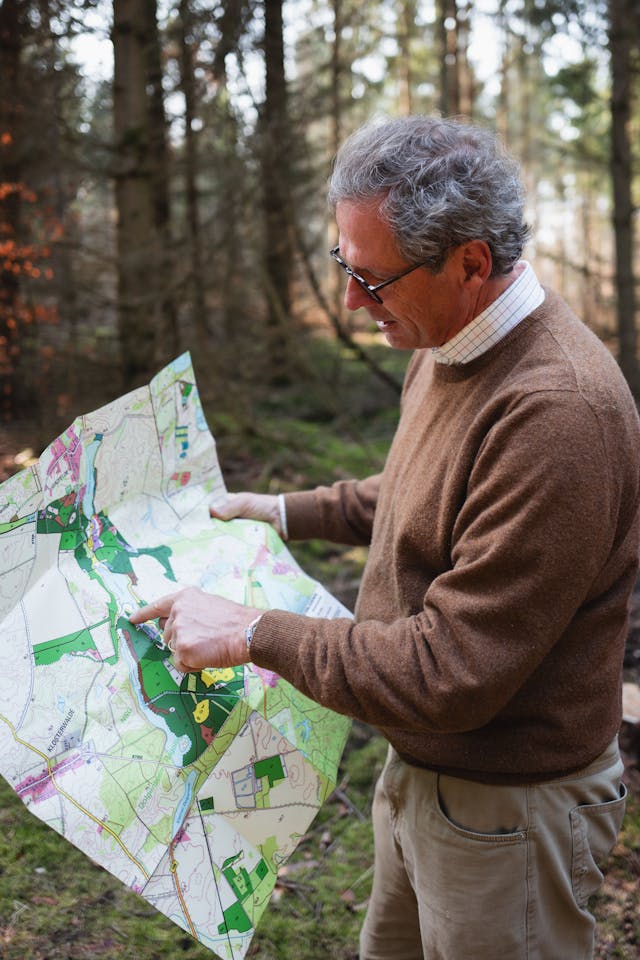
2024-04-22
Successful Third-Party-Certification
Following a site visit in March 2024, the project has now been successfully audited and certified by TÜV Nord Cert in accordance with the 'Waldklimastandard' (WKS). This makes it the world's first certified WKS forest adaptation climate protection project.
The validation report has been submitted and the credits have been distributed and are therefore available immediately.
2024-03-05
Site visit by auditor
The site visit is part of the certification process at the beginning of the GHG project. Several stands were visited to verify the initial situation in the project.
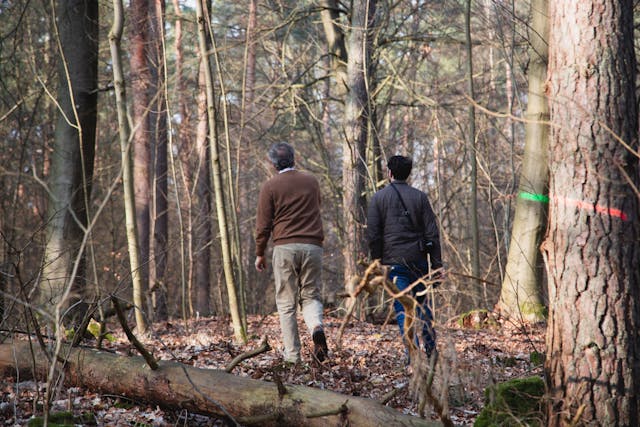

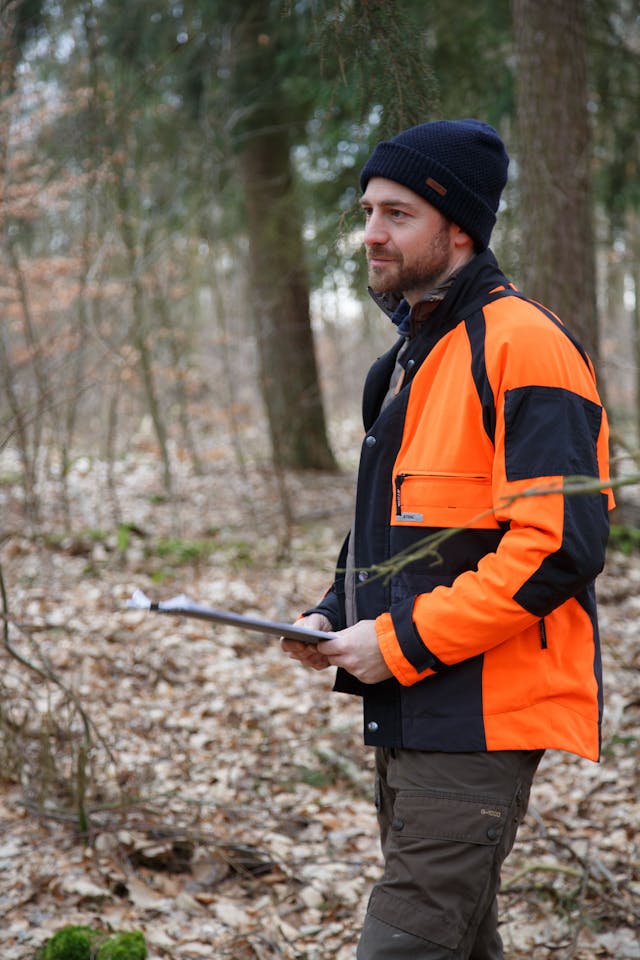
2022-04-01
Start of the project
The conversion of the areas was initiated in April 2022. The planned measures will be implemented over the next 30 years.
